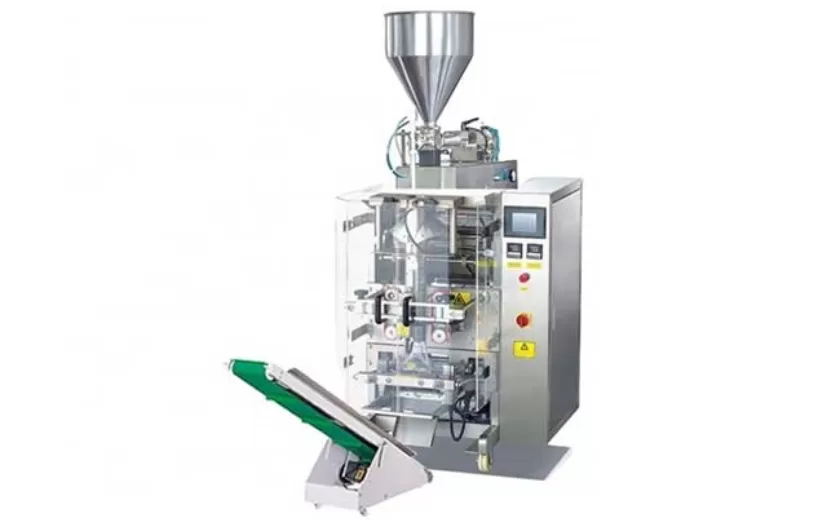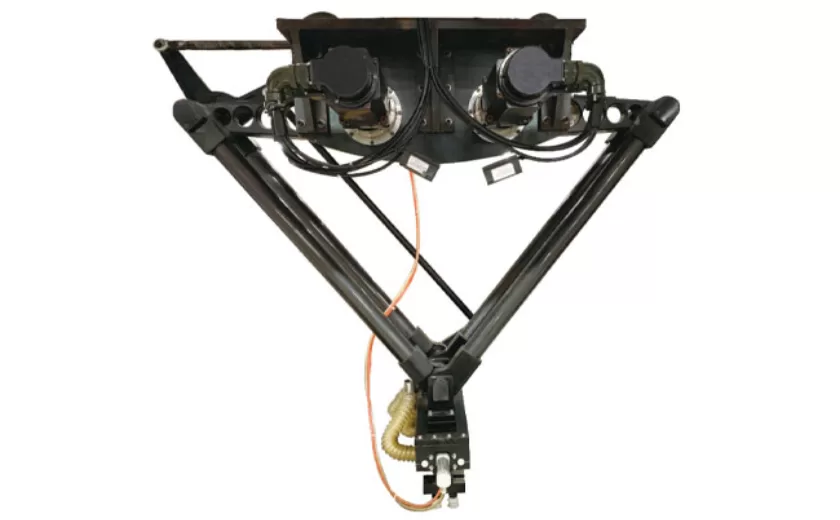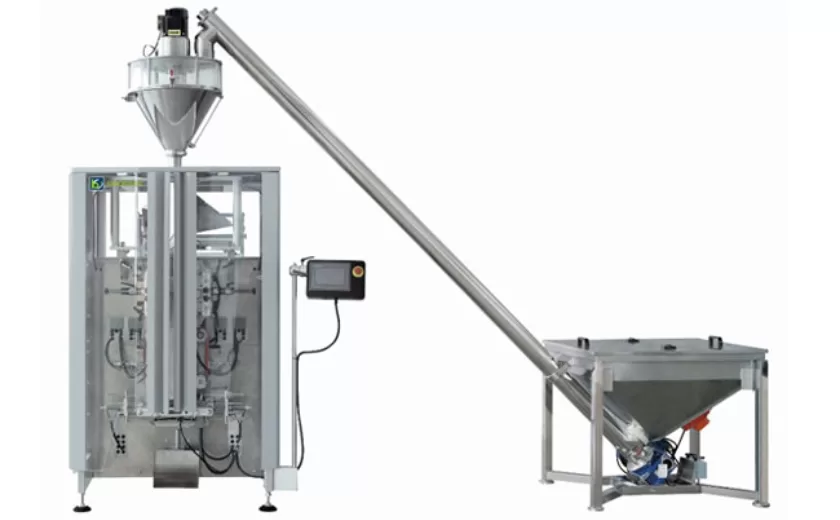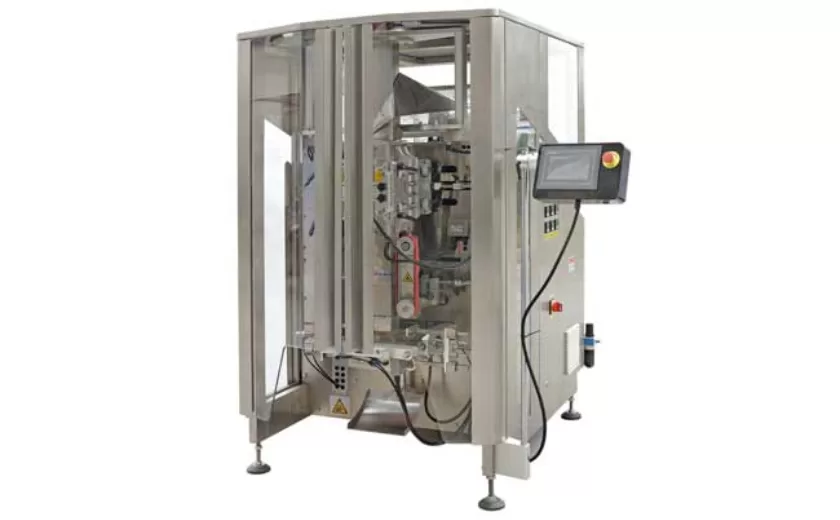The Ultimate Guide to Sachet Water Packaging Machines
In the realm of water packaging, sachet water has emerged as a ubiquitous solution for consumers seeking convenience, affordability, and hygiene. To meet this growing demand, the market has introduced a wide array of sachet water packaging machines, each with its unique capabilities and considerations. This comprehensive guide delves into the world of sachet water packaging machinery, empowering you with the knowledge to make informed decisions based on your specific needs.
Types of Sachet Water Packaging Machines
Sachet water packaging machines fall into two primary categories: vertical form fill seal (VFFS) machines and horizontal form fill seal (HFFS) machines. VFFS machines form sachets vertically, with the film unwinding from a roll and then being sealed around the liquid to create the sachet. HFFS machines, on the other hand, form sachets horizontally, with the film being unwound and sealed simultaneously. Each type has its advantages and disadvantages, such as speed, efficiency, and cost.
Key Features to Consider
When selecting a sachet water packaging machine, several key features warrant careful consideration:
Speed and Efficiency:
The speed at which a machine can produce sachets is crucial for meeting production targets. Machines with higher speeds can produce more sachets per hour, increasing throughput and reducing production time.
Film Thickness:
The thickness of the film used for the sachets impacts their durability and resistance to punctures. Thicker films provide better protection but may require more material and increase production costs.
Filling Accuracy:
The accuracy of the filling system is essential to ensure consistent product quality and prevent over- or underfilling of the sachets. Accurate filling systems minimize waste and maintain product standards.
Automation:
Automated machines offer increased efficiency and reduce labor requirements. Features such as automatic loading and unloading, product handling, and error detection can streamline the packaging process.
Maintenance and Serviceability:
Regular maintenance and occasional repairs are inevitable for any packaging machine. Consider machines with easy accessibility for cleaning, maintenance, and spare parts availability to minimize downtime and ensure long-term performance.
Safety and Hygiene:
Sachet water packaging machines must adhere to strict safety and hygiene standards to ensure the safety and quality of the packaged water. Look for machines with food-grade materials, hygienic design, and safety features to prevent contamination.
Additional Considerations
Beyond the core features, other factors to consider when choosing a sachet water packaging machine include:
Power Consumption:
Machines with lower power consumption can reduce operating costs and contribute to energy efficiency.
Environmental Impact:
Eco-friendly machines that utilize recyclable materials and minimize waste can align with sustainability goals and reduce environmental footprints.
Brand Reputation:
Selecting a machine from a reputable manufacturer with a proven track record of reliability and customer support can provide peace of mind and long-term value.
Conclusion
The Ultimate Guide to Sachet Water Packaging Machines has equipped you with the knowledge to navigate the complexities of this industry. By carefully considering the types, key features, and additional considerations outlined in this guide, you can make informed decisions that align with your production requirements and business objectives. Whether you seek speed, efficiency, automation, or sustainability, the ideal sachet water packaging machine awaits your discovery.
-

Advanced Packing Solutions: Snacks, Sugar, and Frozen Food Machines
29-10-2025 -

Efficient and Reliable Solutions for Salt, Nuts, and Frozen Dumplings Packing
29-10-2025 -

High-Performance Biscuits, Lollipop, and Ketchup Packing Machines for Modern Food Production
29-10-2025 -

Efficient Liquid Filling and Packing Machines for Modern Production
23-10-2025 -

Reliable Granule Packaging Machines for Efficient Production
23-10-2025 -

Efficient Auger Powder Filling Machines for Accurate Packaging
23-10-2025 -

High-Performance Liquid Filling and Packing Machines for Hygienic Production
10-10-2025 -

High-Efficiency Granule Packaging Machines for Precision and Speed
10-10-2025 -

High-Precision Auger Type Powder Filling Machines for Efficient Packaging
10-10-2025 -

Efficient Vertical Form Fill Seal Packaging Machines for Smart Production
10-10-2025





